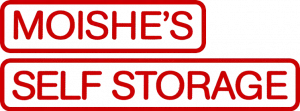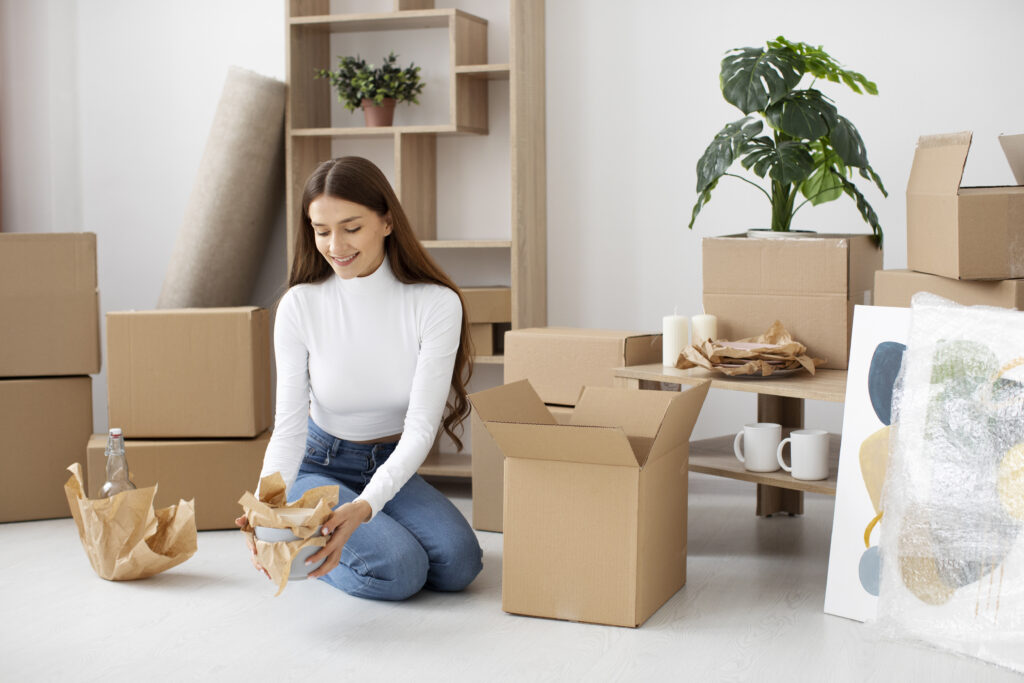
When it comes to self-storage, maximizing space while ensuring your belongings are protected and easy to access is key. Whether you’re storing personal items for a short-term move or looking for long-term storage solutions, following these storage unit tips will help you make the most out of your unit.
1. Choose the Right Storage Unit Size
Selecting the right size unit is crucial. Estimate the amount of items you’ll store to avoid overpaying for extra space. Storage units come in various sizes, such as 5×5 (ideal for small items) to 10×30 for entire households. Many storage facilities, including Moishe’s Self Storage, offer helpful size guides to assist you in making the right decision.
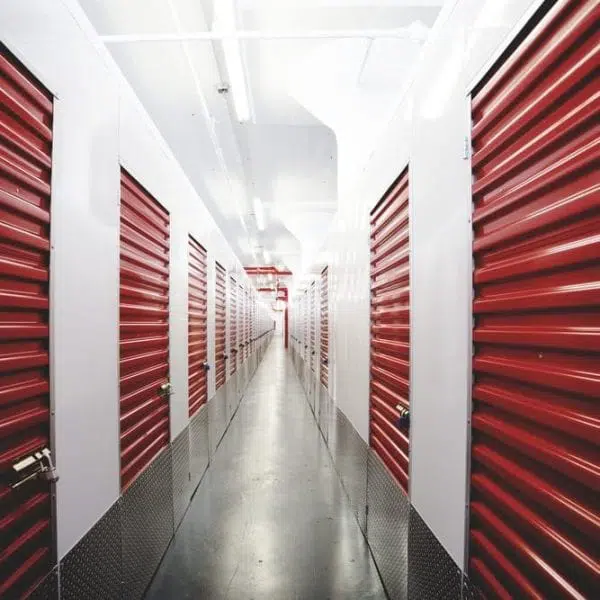
2. Prepare and Clean Your Belongings
Before placing items in storage, clean them thoroughly to prevent mold, dust, or odors. This is especially important for items like furniture, clothing, and appliances. For metal items, apply a light coat of oil to prevent rust. What should be done to keep single-use items safe in storage? Make sure to store them in airtight containers and keep them elevated from the floor to avoid moisture.
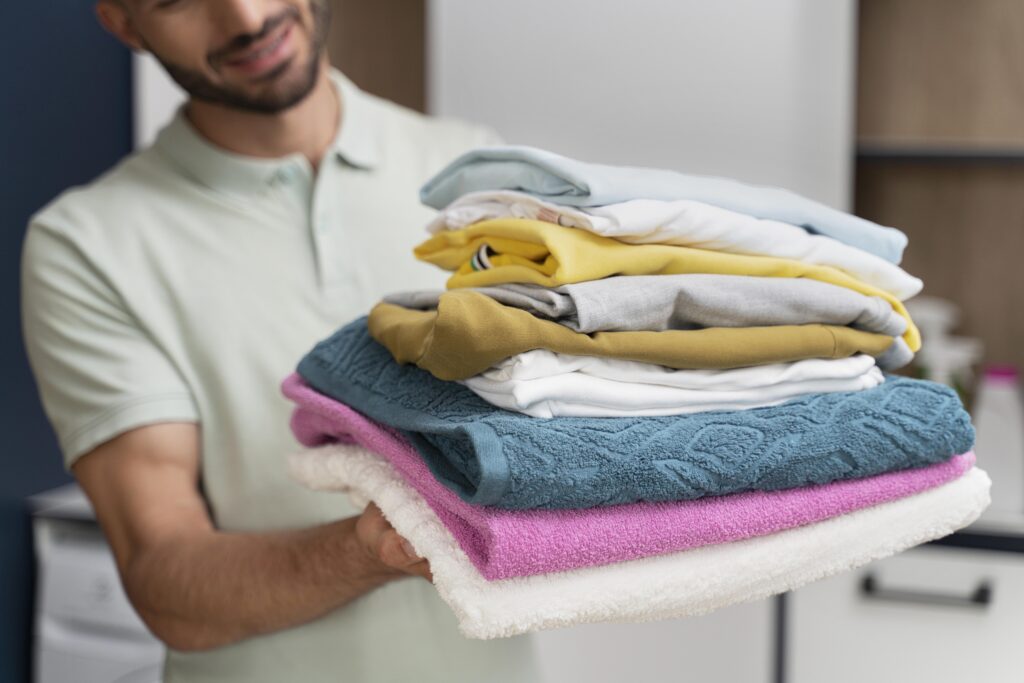
3. Use Durable Storage Containers
Opt for sturdy plastic bins instead of cardboard boxes. Plastic bins offer better protection against moisture and pests. If using cardboard, make sure it’s new and sturdy to withstand stacking. Consistency in box sizes will help with stability and organization. These self storage tips will keep your items safe and well-organized.
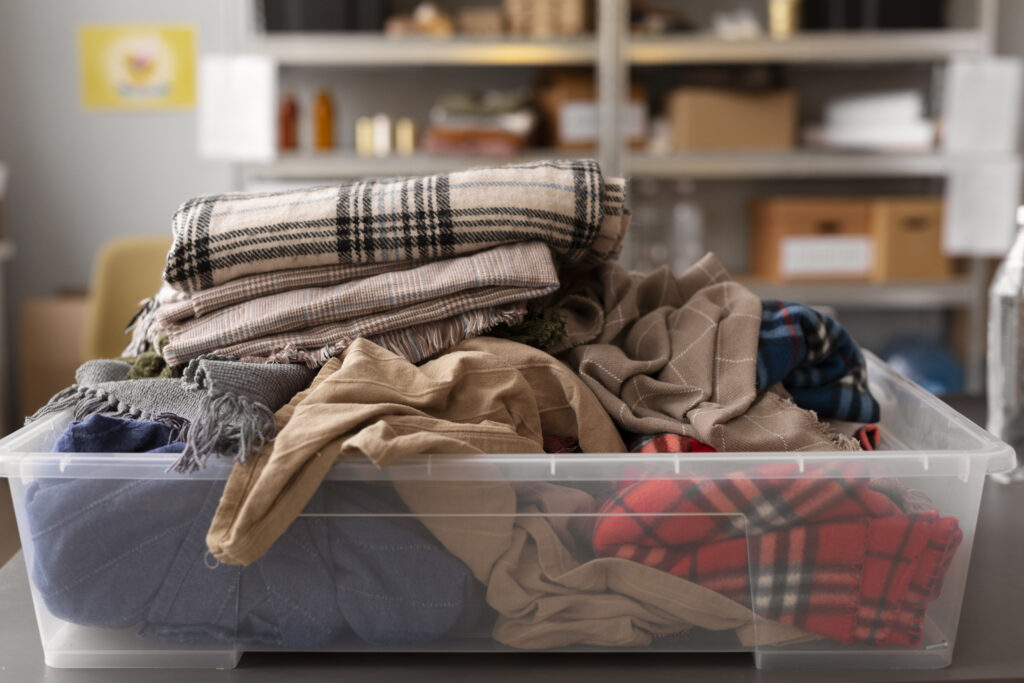
4. Pack Strategically to Maximize Space
To make the most of your unit, disassemble large furniture like tables and bed frames. Use the hollow spaces within larger items, such as wardrobes or refrigerators, to store lighter boxes or small items. How to pack a self storage unit? Stack items vertically, ensuring that heavy boxes are on the bottom and lighter or fragile ones are placed on top. This is one of the key storage unit tips and tricks for efficient packing.
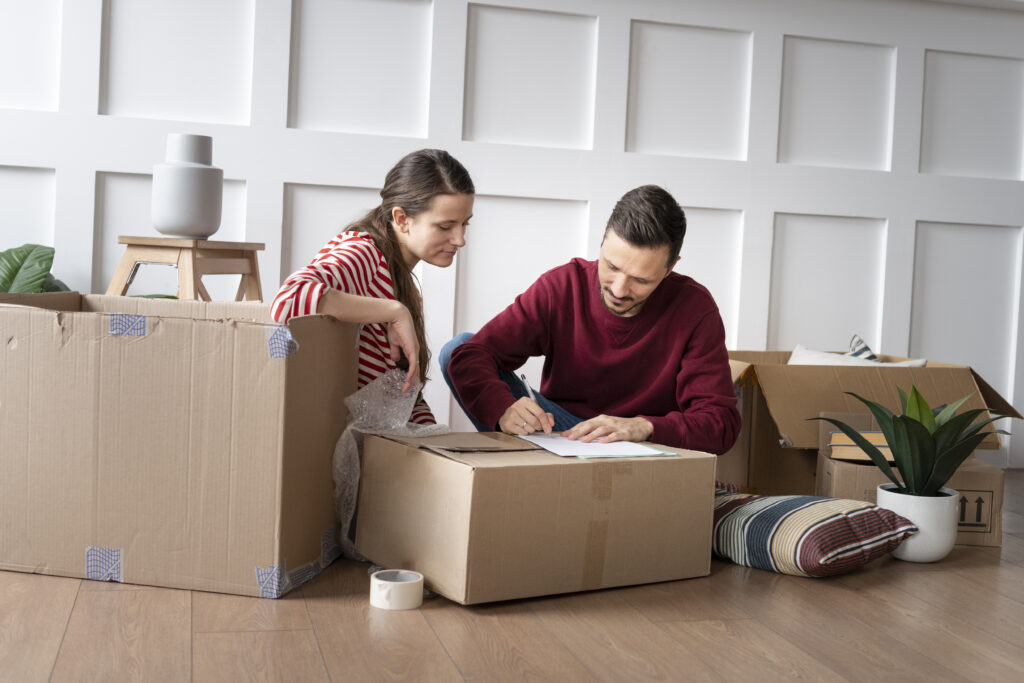
5. Create a Floor Plan and Label Everything
Organize your unit in a way that allows for easy access. Make a map or keep a list of what’s stored where. Place items you’ll need frequently near the front, and create a walkway so you can access items without rearranging everything. Label each box clearly on all sides to quickly identify contents. Knowing where to store your personal items in the unit is crucial for easy access.
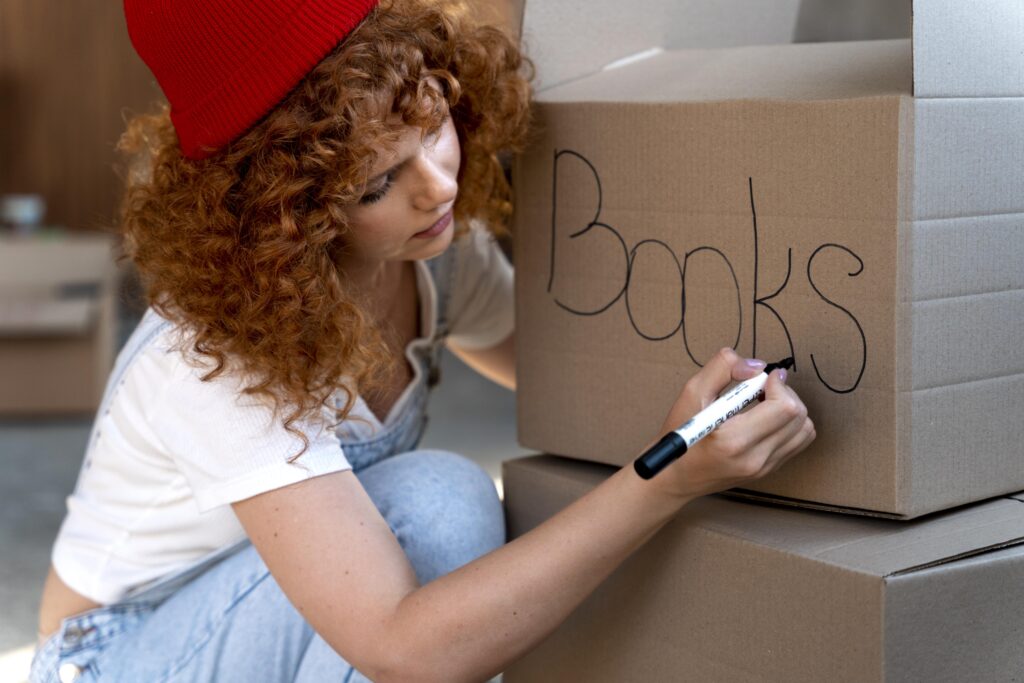
6. Protect Your Items
For delicate items, use bubble wrap, packing paper, or old blankets to prevent damage. Mirrors and artwork should be stored upright, and fragile items should be packed low to prevent falling. Use wooden pallets to elevate your items off the floor, helping to reduce moisture exposure. How to store things in a storage unit? Keep fragile and valuable items closer to the front, and elevate them off the floor for added protection.
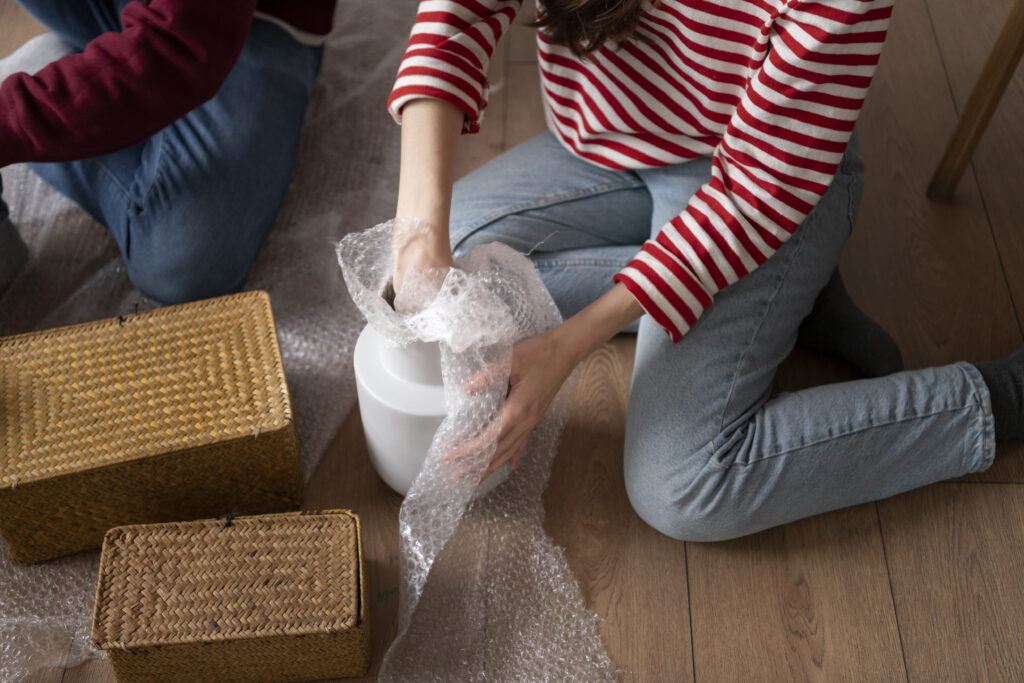
7. Consider Climate-Controlled Units
For sensitive items such as electronics, documents, and furniture, a climate-controlled storage unit is recommended to protect against extreme temperatures and humidity. Moishe’s Self Storage offers these units to help keep your items in top condition. If you’re wondering what happens if you leave stuff in a storage unit without temperature control, items could be damaged by heat, cold, or moisture.
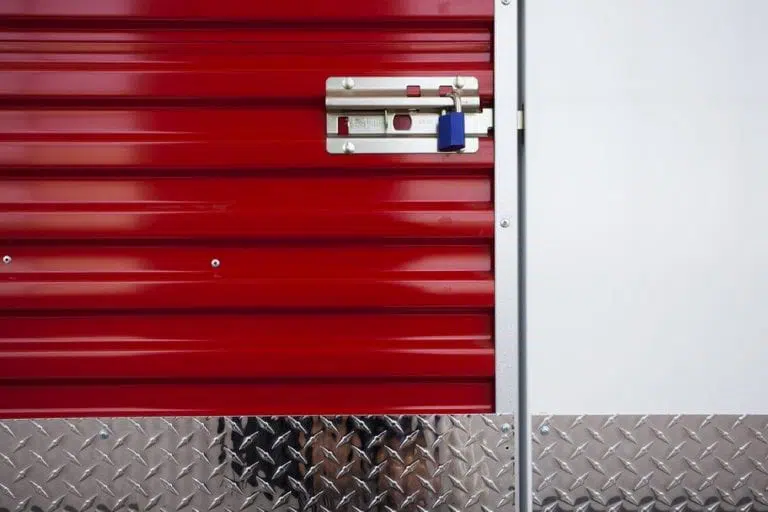
8. Don’t Forget About Insurance
Storage insurance is essential for protecting your belongings. Some facilities offer insurance options, but you may also be covered through your homeowner’s or renter’s insurance. Always double-check your coverage to ensure you’re adequately protected. Make sure to ask what do you need to get a storage unit and whether insurance is included or needs to be purchased separately.

9. Use Furniture and Shelves for Extra Storage
Maximizing vertical space is one of the best ways to ensure you’re making the most of your unit. Utilize any furniture, such as dressers or shelving units, as additional storage space. For example, you can store smaller items inside drawers or place lightweight boxes on top of sturdy furniture pieces. This keeps your belongings organized and prevents wasted space.
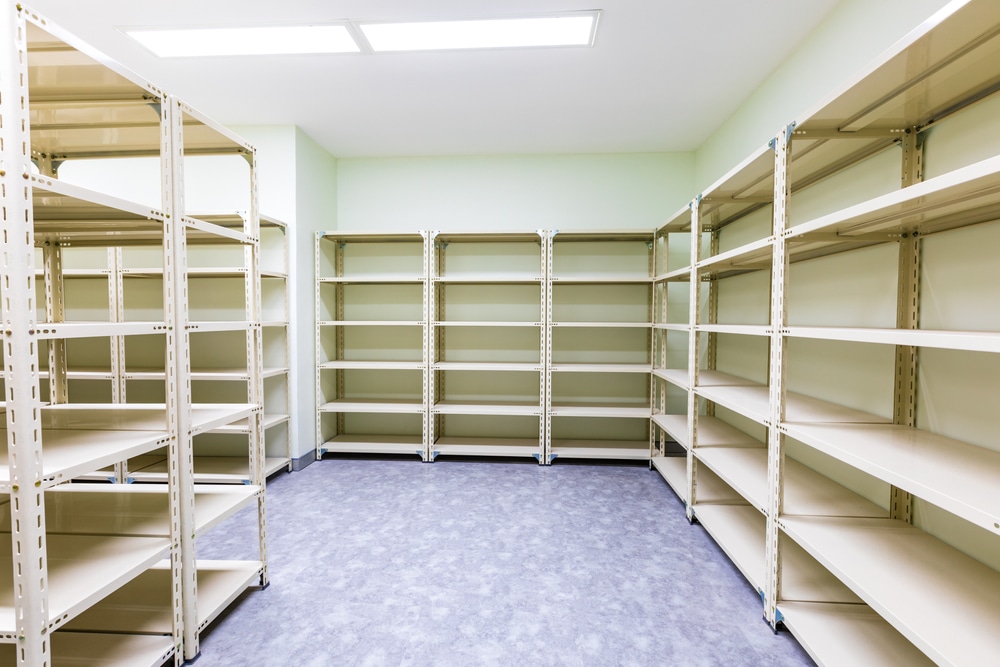
10. Invest in Pallets and Moisture Control
Keeping your items elevated using wooden pallets is a great way to promote airflow and prevent moisture buildup. In addition to pallets, consider using moisture absorbers like silica gel or baking soda to further protect items from humidity, especially in non-climate-controlled units.
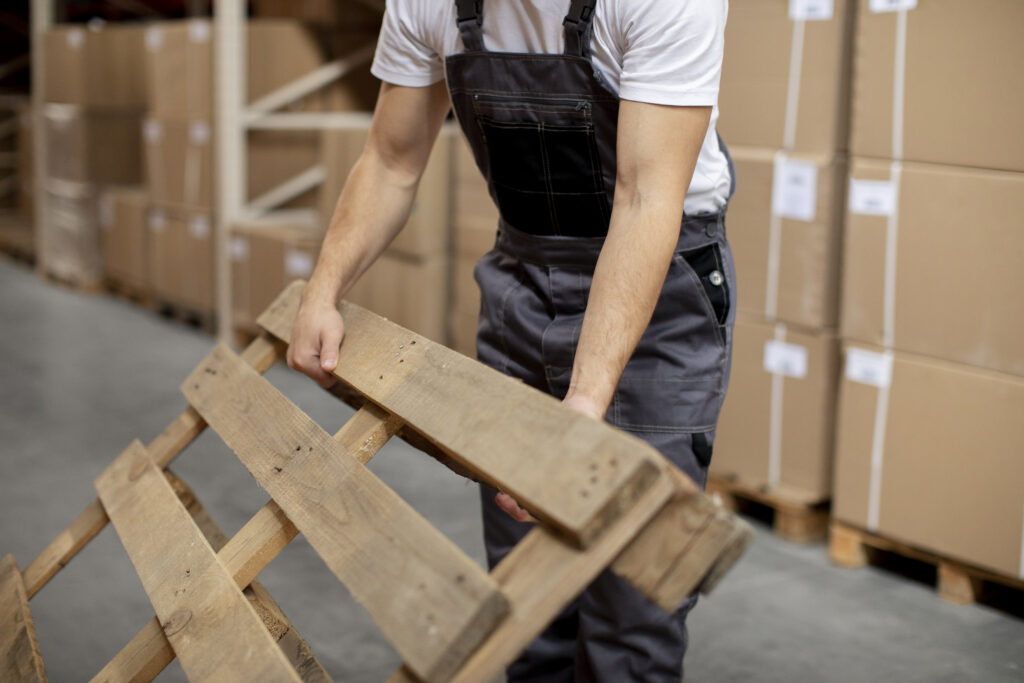
Frequently Asked Questions
How do I maximize my storage unit?
Maximize your unit by stacking boxes vertically, using shelves, disassembling large furniture, and storing small items within larger items. Creating a walkway and labeling everything will also help you efficiently access your belongings. These tips for using a storage unit are key for organization and safety.
What should not be stored in a storage unit?
Avoid storing flammable materials (e.g., gasoline, propane), hazardous chemicals, perishable food, plants, and valuable documents. Also, check with your storage facility for specific prohibitions.
How should I pack fragile items?
Wrap fragile items in bubble wrap and avoid stacking them too high. Always pack these items on top of heavier ones to prevent damage.
Do I need climate-controlled storage?
Yes, if you are storing temperature-sensitive items like electronics, antiques, or important documents, a climate-controlled unit will prevent damage caused by extreme heat or cold.
What do I need to rent a storage unit?
To rent a storage unit, you typically need a government-issued ID and a signed rental agreement. Some facilities might also require proof of insurance.
With Moishe’s Self Storage, you can ensure your items are safely stored and easily accessible, whether for short-term or long-term storage. For more self storage tips and tricks, visit their site and explore the available storage solutions tailored to your needs.
